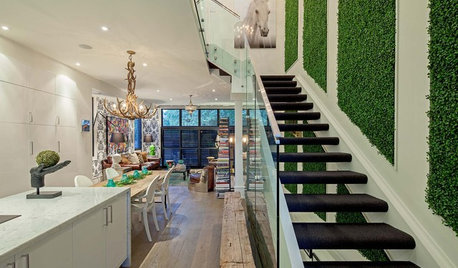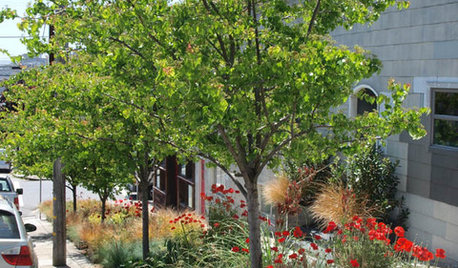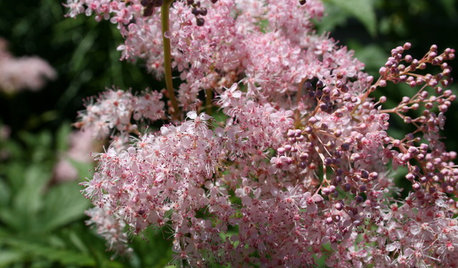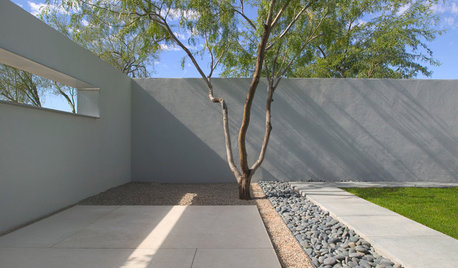grass to garden, ASAP/cheap?
deandreamgreen
17 years ago
Related Stories

GARDENING GUIDESSmall Gem Lawns: More Impact From Less Grass
Instead of letting the lawn sprawl, make it a shapely design element in your yard. You’ll reap benefits both practical and aesthetic
Full Story
LANDSCAPE DESIGNIs It Time to Consider Fake Grass?
With more realistic-looking options than ever, synthetic turf can be a boon. Find the benefits and an installation how-to here
Full Story
GARDENING GUIDES5 Great Grasses for a New Lawn
Learn about maintenance, wear tolerance, ideal climate and more for these top turf choices to pick the right one for you
Full Story
DECORATING GUIDESGo for the Green: Artificial Grass Surprises, Inside and Out
Synthetic turf springs up on patios, living rooms, furniture and walls. Basement golf, anyone?
Full Story
CURB APPEALTake Your Hell Strip to Heavenly Heights: 8 Design Ideas
Trade weedy dirt and trash for a parking strip filled with wispy grasses, low-growing flowers and textural trees
Full Story
CONTAINER GARDENSContainer Garden Basics: How and When to Water Potted Plants
Confused about soil moisture, the best time to water and what watering device to use? This guide can help
Full Story
EARTH DAYGrow a Beautiful Garden With Ecofriendly Greywater
Reducing home water waste means lower bills and a healthier planet. Here's how to set up a greywater home irrigation system that can help
Full Story
GARDENING GUIDESGreat Design Plant: Discover Queen of the Prairie's Sweet Aroma
If you like the look of cotton candy and the smell of roses and want an easy perennial, you're in luck with this plant
Full Story
LANDSCAPE DESIGNModern Garden Designs for Modern Homes
Link your garden to your home’s clean-lined architecture in a most interesting way
Full Story
GARDENING GUIDESHow I Learned to Be an Imperfect Gardener
Letting go can lead to a deeper level of gardening and a richer relationship with the landscape. Here's how one nature lover did it
Full Story




dchall_san_antonio
Kimmsr
Related Discussions
your best (and worst!) cheap, thrify, and diy garden tips?
Q
cheap. gardener.. wants vegetable garden
Q
cheap and easy gardening?
Q
Need Estimates on Community Garden Project ASAP.
Q
gardengal48 (PNW Z8/9)
maupin
justaguy2
Dibbit
maupin
deandreamgreenOriginal Author
Dibbit
maupin
girlndocs
deandreamgreenOriginal Author
galcho
hamiltongardener
deandreamgreenOriginal Author
sylviatexas1
deandreamgreenOriginal Author
Kimmsr
sylviatexas1
deandreamgreenOriginal Author
sylviatexas1
deandreamgreenOriginal Author
lee53011
darkcloud
girlndocs